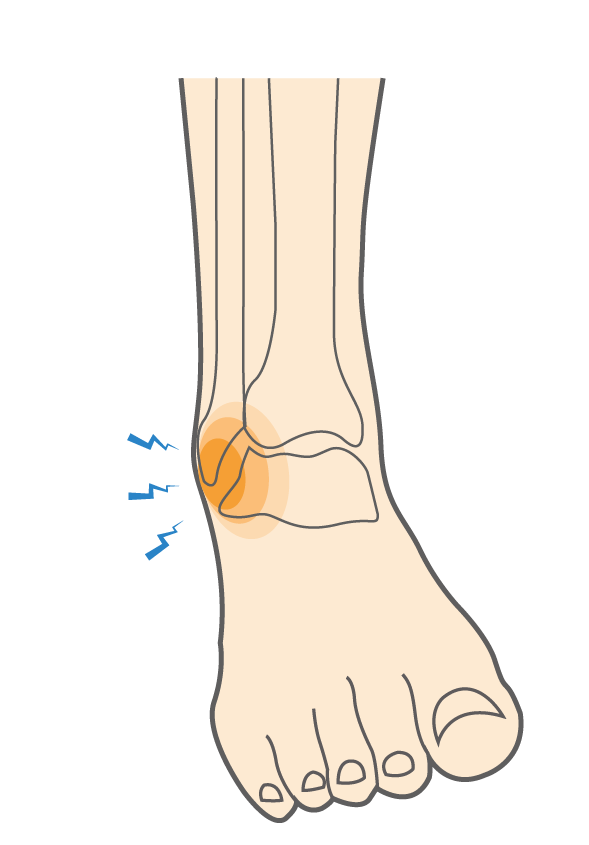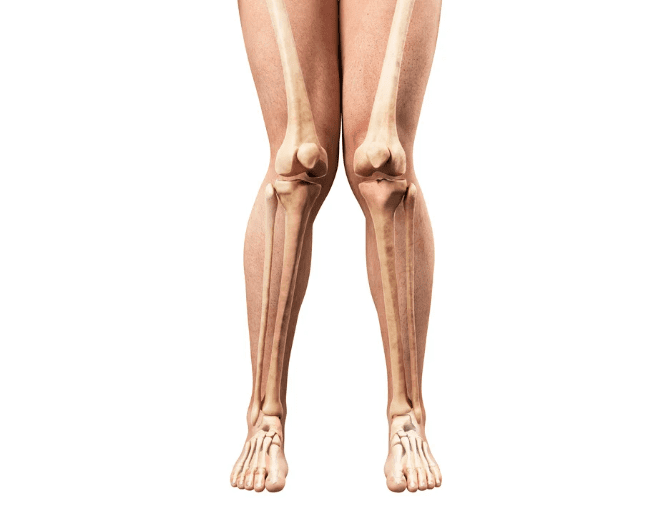Understanding Ankle SprainsAnkle sprains occur when the ligaments that stabilise the ankle are overstretched or torn, usually due to twisting or rolling the foot. Symptoms typically include pain, swelling, and limited mobility. While these injuries are prevalent, especially in physically active individuals, understanding the latest research can significantly aid recovery.
Effective Non-Surgical TreatmentAccording to Gaddi et al. (2022), non-surgical interventions are highly effective in managing acute ankle sprains. These treatments focus on minimising pain and swelling while optimising the healing process without the need for surgery. Here are the key findings:
- Functional Treatment Over Immobilisation: The review highlights a preference for functional treatment, such as physiotherapy and controlled exercises, over complete immobilisation. This approach encourages mild to moderate movement early in the recovery process, which has been shown to enhance the healing rate and improve long-term outcomes.
- Pain Management: Traditionally, NSAIDs (non-steroidal anti-inflammatory drugs) have been used to manage pain and reduce inflammation. However, the review suggests that paracetamol (acetaminophen) or opioids can be effective alternatives, particularly for those who experience side effects from NSAIDs. Please see your GP or pharmacist for specific advice to understand what medications may help.
- Rehabilitation Therapies: Manipulative and supervised exercise therapies have been found effective in preventing re-injury and improving ankle dorsiflexion (the ability to move the foot upwards). These therapies help restore normal movement and strengthen the muscles around the ankle.
RICE Protocol: A Traditional ApproachThe RICE protocol—rest, ice, compression, and elevation—is a classic first-line treatment immediately following an ankle sprain. This method helps reduce swelling and pain in the critical initial hours and days post-injury:
- Rest: Avoid putting weight on the injured ankle to prevent further damage.
- Ice: Apply ice to reduce swelling and numb the pain. Ice should be applied over a cloth to protect the skin, for 20 minutes every two hours.
- Compression: Use an elastic bandage to wrap the ankle. This helps prevent excessive swelling and provides support.
- Elevation: Keep the ankle elevated above heart level to help reduce swelling.
When to Seek Professional AdviceWhile mild ankle sprains can often be treated at home, it’s crucial to consult a healthcare provider if you experience severe pain, cannot walk, or suspect a fracture. A medical professional can assess the injury and recommend appropriate treatment, which may include advanced therapies or imaging tests to rule out more severe damage.
ConclusionRecovering from an ankle sprain requires patience and adherence to proven treatment protocols. The insights from the umbrella review by Gaddi et al. (2022) emphasise the importance of functional recovery programs and appropriate pain management, tailored to individual needs and medical advice. By following these evidence-based recommendations, patients can expect a more efficient and effective recovery.
References
- Gaddi, D., Mosca, A., Piatti, M., Munegato, D., Catalano, M., Di Lorenzo, G., Turati, M., Zanchi, N., Piscitelli, D., Chui, K., Zatti, G., & Bigoni, M. (2022). Acute Ankle Sprain Management: An Umbrella Review of Systematic Reviews. Frontiers in Medicine, 9:868474. doi: 10.3389/fmed.2022.868474. PMC9301067.










